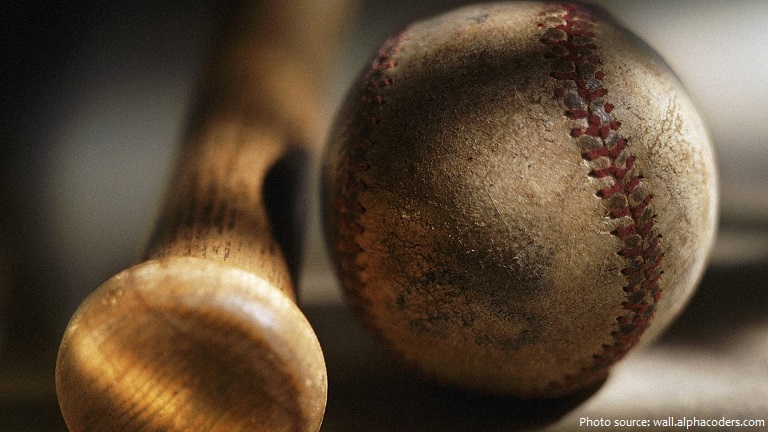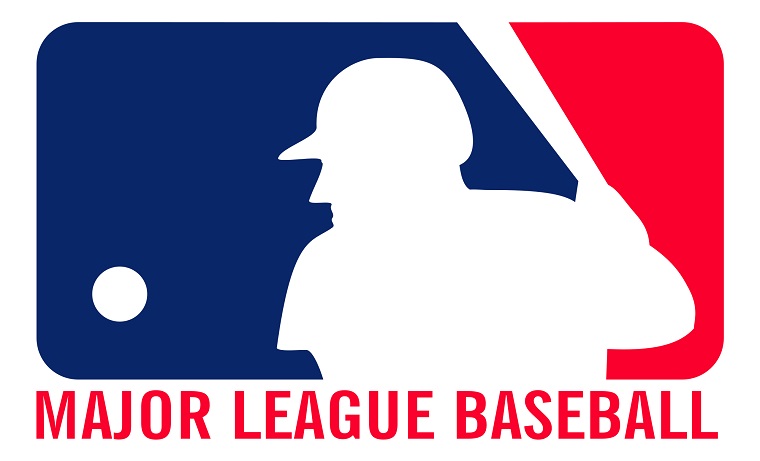
You may have heard that a young man named Abner Doubleday invented the game known as baseball in Cooperstown, New York, during the summer of 1839. Doubleday then went on to become a Civil War hero, while baseball became America’s beloved national pastime.
Not only is that story untrue, it’s not even in the ballpark. Baseball’s real origins date back way father, to at least the 18th century.
Abner Doubleday never claimed to have anything to do with baseball. He was a career United States Army officer and Union major general in the American Civil War. He fired the first shot in defense of Fort Sumter, the opening battle of the war, and had a pivotal role in the early fighting at the Battle of Gettysburg. Gettysburg was his finest hour, but his relief by Maj. Gen. George G. Meade caused lasting enmity between the two men. In San Francisco, after the war, he obtained a patent on the cable car railway that still runs there. In his final years in New Jersey, he was a prominent member and later president of the Theosophical Society.

The evolution of baseball from older bat-and-ball games is difficult to trace with precision. A French manuscript from 1344 contains an illustration of clerics playing a game, possibly la soule, with similarities to baseball. Other old French games such as thèque, la balle au bâton, and la balle empoisonnée also appear to be related. Consensus once held that today’s baseball is a North American development from the older game rounders, popular in Great Britain and Ireland. Baseball Before We Knew It: A Search for the Roots of the Game (2005), by David Block, suggests that the game originated in England; recently uncovered historical evidence supports this position. Block argues that rounders and early baseball were actually regional variants of each other, and that the game’s most direct antecedents are the English games of stoolball and “tut-ball”. It has long been believed that cricket also descended from such games, though evidence uncovered in early 2009 suggests that cricket may have been imported to England from Flanders.

The earliest most well known reference to baseball is in a 1744 British publication, A Little Pretty Pocket-Book, by John Newbery. Block discovered that the first recorded game of “Bass-Ball” took place in 1749 in Surrey, and featured the Prince of Wales as a player. This early form of the game was apparently brought to Canada by English immigrants.
By the early 1830s, there were reports of a variety of uncodified bat-and-ball games recognizable as early forms of baseball being played around North America. These games were often referred to locally as “town ball”, though other names such as “round-ball” and “base-ball” were also used. Among the earliest examples to receive a detailed description—albeit five decades after the fact, in a letter from an attendee to Sporting Life magazine—took place in Beachville, Ontario, in 1838. There were many similarities to modern baseball, and some crucial differences: five bases (or byes); first bye just 18 feet (5.5 m) from the home bye – batter out if a hit ball was caught after the first bounce. The once widely accepted story that Abner Doubleday invented baseball in Cooperstown, New York, in 1839 has been conclusively debunked by sports historians.

The first recorded baseball contest took place a in 1846. Cartwright’s Knickerbockers lost to the New York Baseball Club in a game at the Elysian Fields, in Hoboken, New Jersey. These amateur games became more frequent and more popular. In 1857, a convention of amateur teams was called to discuss rules and other issues. Twenty five teams from the northeast sent delegates. The following year, they formed the National Association of Base Ball Players, the first organized baseball league. In its first
year of operation, the league supported itself by occasionally charging fans for admission. The future looked very bright.
During the 1920s, generally known as a golden age of sports in the United States, the premier hero was Babe Ruth. A New York Yankee outfielder affectionately known as the “Sultan of Swat,” Ruth was a large man with an even larger personality, and his reinvention of the home run (the sort that traveled over the outfield wall) into a mythic feat enthralled the nation. His performance not only assured the success of his team but spurred a tactical change in baseball. The inside game, with its bunts and sacrifices, gave way to the era of free swinging at the plate. The resulting explosion of offense brought fans to the ballparks in droves. Even the Great Depression of the 1930s did little to abate the rise in popularity and financial success of the game except at the minor league and Negro league levels.

Baseball, widely known as America’s pastime, is well established in several other countries as well. The history of baseball in Canada has remained closely linked with that of the sport in the United States. As early as 1877, a professional league, the International Association, featured teams from both countries. While baseball is widely played in Canada and many minor league teams have been based in the country, the American major leagues did not include a Canadian club until 1969, when the Montreal Expos joined the National League as an expansion team. In 1977, the expansion Toronto Blue Jays joined the American League. The Blue Jays won the World Series in 1992 and 1993, the first and still the only club from outside the United States to do so. After the 2004 season, Major League Baseball relocated the Expos to Washington, D.C., where the team is now known as the Nationals.
In addition to North America, baseball is considered the most popular sport in parts of Central and South America, the Caribbean, and East Asia, particularly in Japan, South Korea, and Taiwan.
